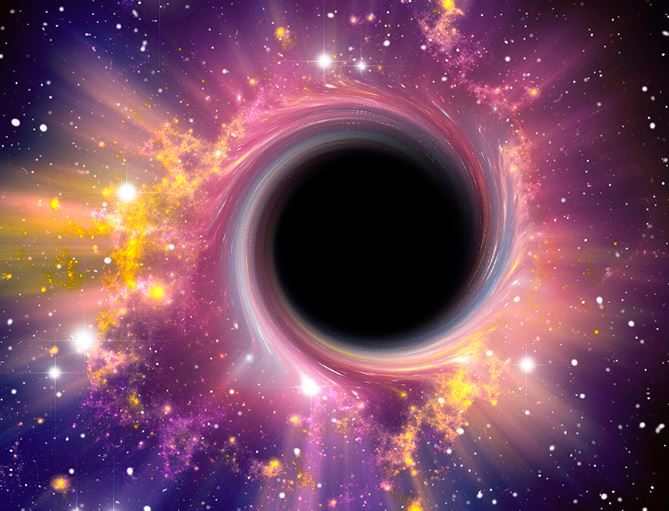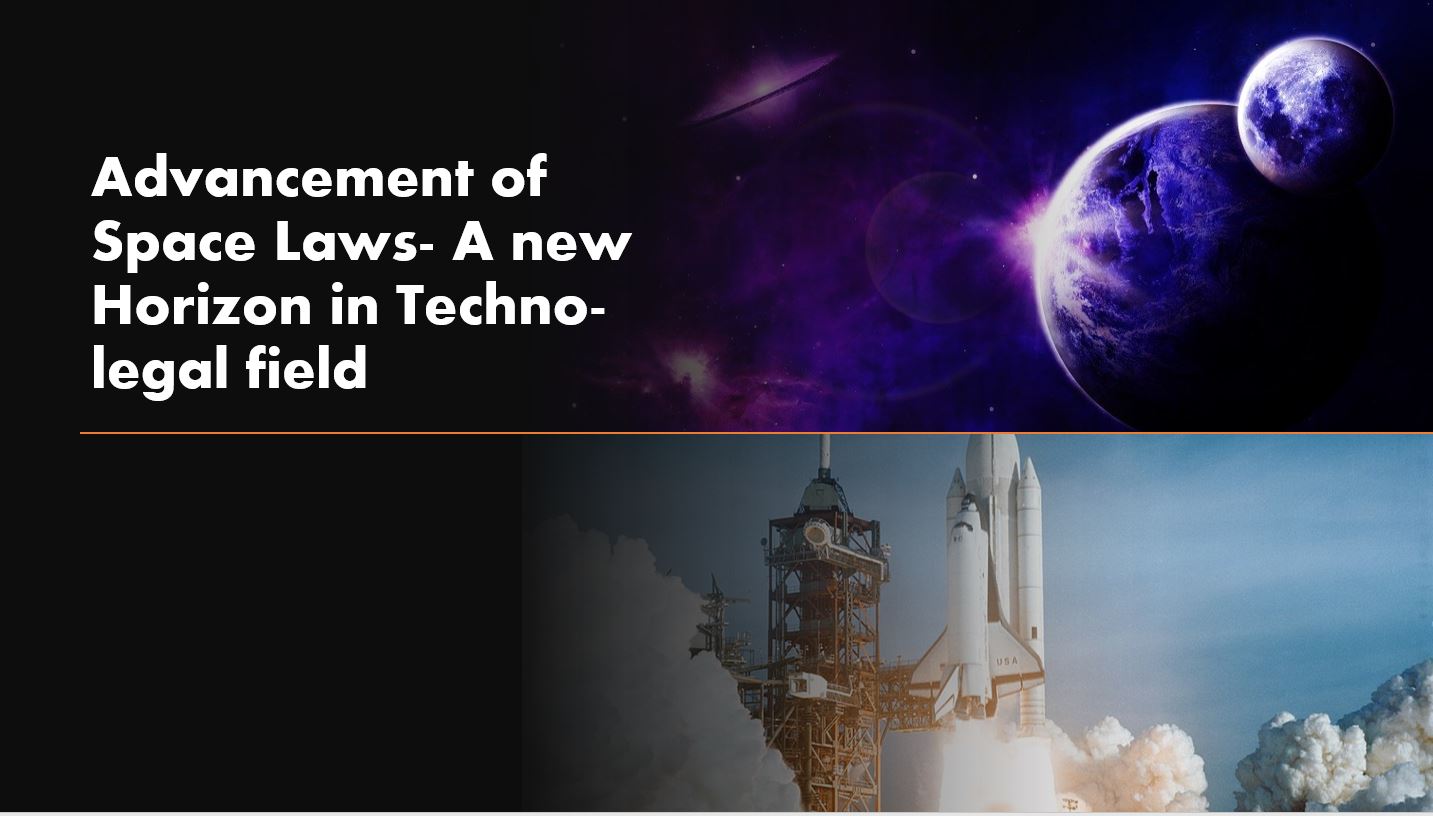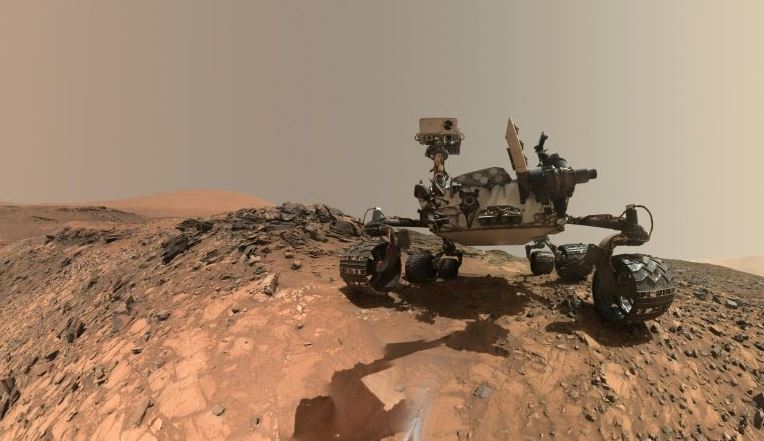According to the latest research report, what happens when a dead star encounters a black hole? The answer is that the black hole will temporarily wake up the “zombie star.”
A team of scientists conducted an in-depth study on how white dwarfs interact with medium-mass black holes (1000-10,000 times the mass of the sun), which is considered to be a small, dense object formed by larger stars depleting fuel. The results show that these white dwarfs can be reactivated in a supernova-like explosion, producing heavier elements, and perhaps one day, physicists will be able to observe the results of these explosions.
The study authors published a study in the Journal of Astrophysics that the tidal interference of a medium-mass black hole to a white dwarf is a complex and dramatic cosmic event that produces important electromagnetic and potentially observable gravitational wave energy.
The researchers performed a physical simulation of the interaction of the two celestial bodies. They pointed out that these simulations are based on a large amount of computational power and need to understand all the moving matter, magnetism, radiation and gravity in the interactive system. We do not consider the magnetic field or radiation in this study, but the process includes a complete nuclear reaction and black hole gravitation, not only involving the simplest physical laws proposed by British physicist and astronomer Isaac Newton. It also involves the general theory of relativity of physicist Albert Einstein.
In all of the team’s calculations, close contact between the two celestial bodies led to nuclear reactions in white dwarfs, much like Ia-type supernovae, which were sucked by white dwarfs from heavier host objects, but on their surface, an explosion occurred. But in this case, the strong gravitational effect of the black hole on the white dwarf led to the explosion. These nuclear fusion events can lead to heavier elemental production, especially calcium or iron. In essence, it is like a star being temporarily reactivated.
These interactions can cause gravitational wave bursts, as detected by LISA detectors, but these signals are very rare. The authors of the study pointed out that although these signals belong to the frequency range observed by the LISA detectors, their amplitudes are very small, unless they are within the source range (approximately 33,000-333,000 light years), they are unlikely to be observed, if currently Analysis of the rate of collapse of white dwarf to medium-mass black holes is normal and they will be extremely rare astronomical events.
The American Museum of Natural History and Professor of the City University of New York, Savik Ford, said that this is a very good astronomical study that will potentially explain a unique “transient phenomenon” or temporary source, one that disappears after emergence. Source, which contains a lot of calcium, but contains as much iron or nickel as we would expect in a typical white dwarf to produce a type Ia supernova. The supernova explosion produced a lot of iron, but sometimes astronomers found that the process produced less iron and more calcium, and it is likely that the white dwarf-black hole encounter event caused this phenomenon.
But Professor Savik pointed out that there are other ways to make “calcium-rich transients,” which scientists haven’t thought of yet. She also said that the simulation ended in a few seconds after the most violent moment and that we have spent several months observing the supernova, and the actual situation may be more complicated than the research prediction.
However, this study may also provide another way to potentially discover medium-quality black holes. As we have written, there is convincing evidence here, but nothing is truly shocking. Indicate whether these medium-mass black holes are real. Medium-mass black holes are black holes that are lighter than heavier stars and lighter than the supermassive black holes in the center of the galaxy. At present, the “Swift” telescope may have detected the interaction between medium-mass black holes and white dwarfs, which form a gamma-ray burst called GRB060218.
Gizmodo (Source) via News mydriver.com







Your content always keeps me coming back for more!